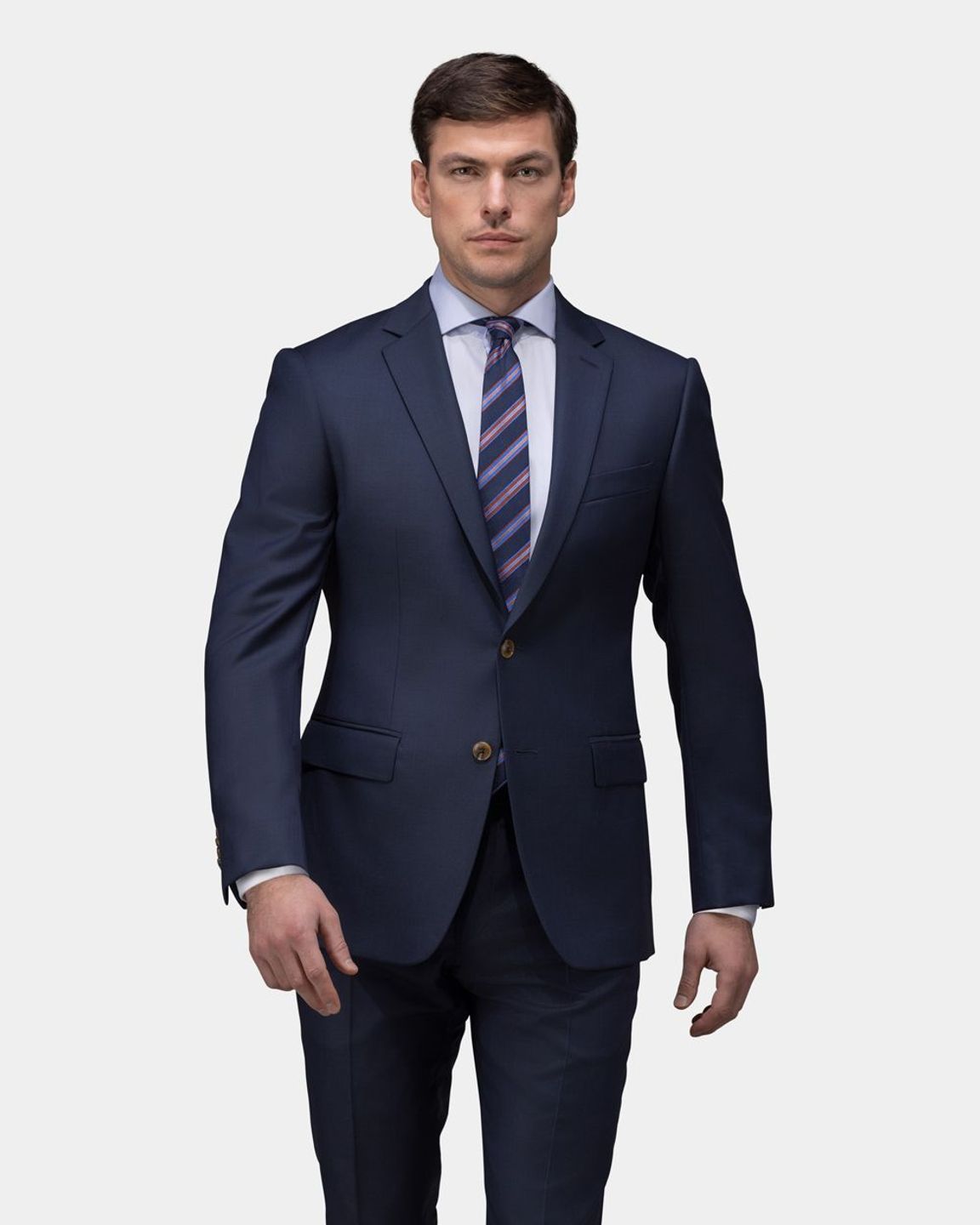Bespoke Tailor Perth: Personalized Suits Made Just for You
Bespoke Tailor Perth: Personalized Suits Made Just for You
Blog Article
Recognizing the Tailoring Refine: From Fabric Choice to Last Suitable for the Perfect Closet
The customizing process is a complex interplay of art and science, beginning with the crucial choice of textile selection and finishing in the exact modifications of last fittings. Each material type brings distinct qualities that influence not just the aesthetic charm yet additionally the garment's longevity and viability for different occasions.
Significance of Material Selection
Choosing the appropriate material is crucial in the tailoring process, as it directly influences the convenience, longevity, and general aesthetic of the last garment. The selection of fabric sets the foundation for the garment's performance, capability, and design. Various textiles have one-of-a-kind buildings, such as breathability, stretch, and weight, which can dramatically impact how the garment drapes and fits the body.

A customized piece made from a suitable material not just showcases workmanship but also raises the wearer's self-confidence. Subsequently, recognizing the nuances of material option is paramount for any type of tailoring endeavor. It guarantees that the last item not only meets the aesthetic desires of the client but also aligns with functional requirements, thus accomplishing an unified balance in between form and function in the tailored closet.
Kinds Of Fabrics and Their Uses
Comprehending the various kinds of textiles available is important for making informed choices throughout the customizing procedure. Each textile has special attributes that dictate its suitability for specific garments and celebrations.
Its flexibility permits it to be customized right into every little thing from t-shirts to outfits. Its natural flexibility helps garments keep form over time.
Silk shows deluxe and is lightweight, making it ideal for eveningwear and fragile blouses; nonetheless, it needs careful handling as a result of its frailty. Bed linen, with its textured surface, is a preferred choice for cozy climates, supplying a crisp and airy feeling, yet it wrinkles conveniently, which might influence the garment's look.
Synthetic materials, such as polyester and nylon, deal resilience and resistance to wrinkles, making them appropriate for daily wear and energetic apparel. Comprehending these textile kinds and their residential or commercial properties enables better decision-making, making sure that each customized piece not just fits well however also straightens with the intended objective and celebration.
The Tailoring Techniques Explained
The art of customizing relies upon a selection of techniques that change material right into well-fitted garments. Central to this procedure is pattern preparing, where a tailor creates templates based upon the customer's measurements and wanted style. This initial step ensures that the garment will fit the user correctly prior to any cutting takes why not try here place.
When patterns are established, reducing methods enter play. Accuracy is paramount as mistakes can bring about misfitting garments. Tailors typically make use of various cutting approaches, such as single-layer cutting for complex layouts and multiple-layer reducing for efficiency on basic patterns.
Basting is one more crucial technique, enabling dressmakers to momentarily stitch fabric assemble for a preliminary fitting (custom suits perth). This technique uses the chance to analyze the drape and overall silhouette before final sewing
Seaming strategies, consisting of flat-felled joints and French joints, boost the garment's sturdiness and aesthetic charm. Tailors also use techniques such as interfacing and extra padding to provide framework and form to particular areas, like collars and read what he said shoulders.
Last but not least, ending up techniques, consisting of hemming and side completing, make certain the garment's long life while offering a polished appearance. Together, these techniques create the backbone of effective customizing, leading to splendid, tailor-made apparel.

Fitting Adjustments and Considerations
After the preliminary customizing strategies have actually been applied and the garment is created, fitting modifications come to be extremely important to achieving the perfect fit. These adjustments resolve various facets of the garment, ensuring it contours to the user's body shape and boosts overall look.

The rise of trousers is another critical aspect; it should rest comfortably over the hips without triggering discomfort, enabling for Get More Info convenience of motion. Hemming lengths for both trousers and skirts should mirror the wearer's favored style while appreciating proportions.
Additionally, focus must be provided to the rear of the garment, making certain that there are no undesirable pulls or excess textile - tailor tuxedos perth. Each modification ought to be carefully taken into consideration, as also minor changes can considerably impact the total fit and aesthetic of the customized item, eventually resulting in a wardrobe that exudes self-confidence and sophistication
Maintaining Your Tailored Clothes
Correct maintenance of tailored garments is vital to protecting their fit and appearance gradually. To guarantee long life, routine cleansing is vital. Always comply with the care tag instructions, which might recommend completely dry cleaning for delicate textiles or maker cleaning for more sturdy materials. Stay clear of frequent laundering, as this can wear down the fabric and modify the garment's form.
Storage is just as vital; usage padded hangers for jackets and layers to keep shoulder structure, and store pants folded up neatly or hung to stop creasing. Safeguard garments from straight sunshine, which can fade colors and damages fibers.
Additionally, periodic examinations for minor fixings can avoid bigger problems. Examine for loosened buttons, fraying seams, or indications of moth damage, dealing with these problems promptly to preserve the garment's stability.
Finally, think about seasonal rotation. Putting on tailored items in small amounts permits fabrics to recoup, extending their life expectancy. By applying these maintenance methods, you can ensure that your customized garments stay as beautiful as the day you first used them, improving your optimal wardrobe for years ahead.
Verdict
The tailoring procedure, encompassing textile selection, proficient techniques, and accurate fitting adjustments, plays a crucial role in creating garments that improve both convenience and style. Comprehending the importance of maintenance expands the life of tailored garments, solidifying their worth in a well-curated closet.
Report this page